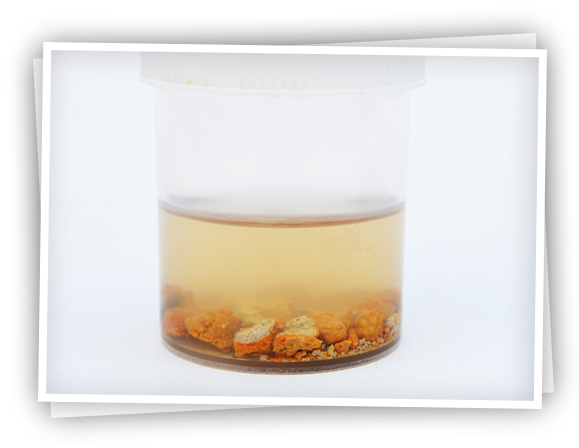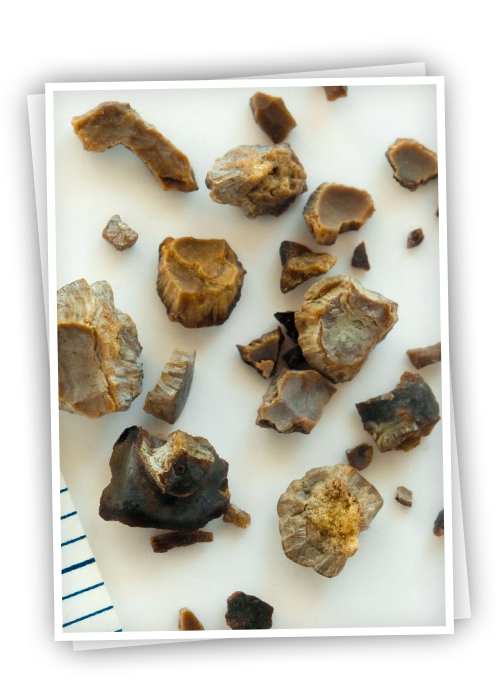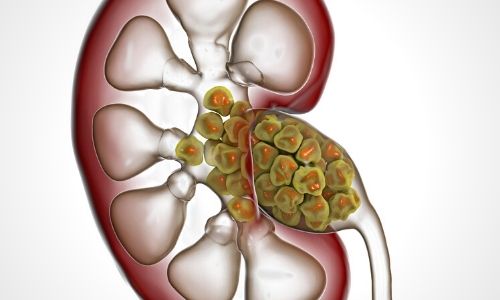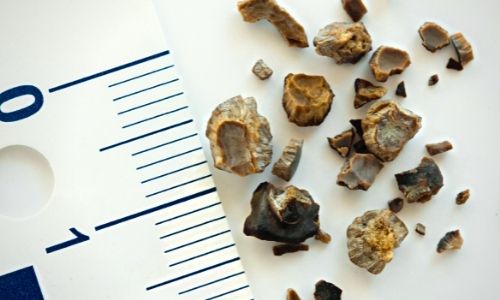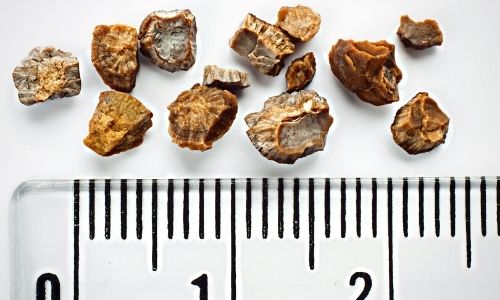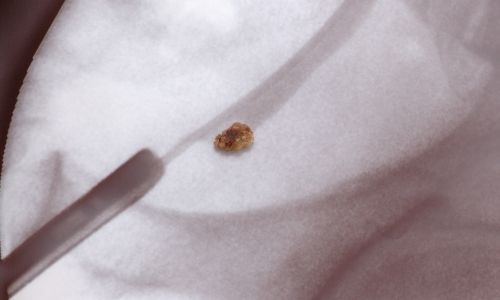Laser therapy with flexible ureteroscopy (retrograde intrarenal surgery):
Today, thanks to the development of much thinner endoscopes (devices with cameras that show inside the body), kidney stones are treated in pediatric patients without making any incisions. It is the process of entering the external urinary canal with endoscopes, going up to the kidney, breaking the stone into powder with laser, and removing the small pieces with a basket. It is the ideal treatment option especially for stones of 1-2 cm in size.
In children with narrow ureters, a stent is inserted in the first session to expand the ureter (urinary canal between kidney and bladder). In the second session, which will be held 2 weeks later, the transition to the kidney will be easier. Stent placement can be done after the stones are broken up with laser, depending on the surgeon's decision.
Percutaneous stone surgery (Percutaneous nephrolithotomy - PNL):
This method was first applied to adults in 1979, and it was successfully performed in children in 1995-2000 with the development of small-diameter endoscopes. It is the process of breaking up and removing the stones in the kidney by creating an entrance way of approximately 6-10 mm from the skin to the kidney from the patient's back area under anesthesia. In this way, no stones remain in the kidney. The success rate is higher than other treatment methods, especially in stones larger than 2 cm.
The risks of the surgical technique have decreased with the introduction of thinner-diameter instruments and especially the laser. With mini (miniperc), ultramini (UMP) or micro percutaneous nephrolithotomy (microperc) methods, the procedure can be performed successfully, especially in children under 1 year old. I have articles in which I apply microperc and ultramini methods to many of my patients and share my experiences on these issues in the international academic community.
Ureteral stones:
Although the diameter of the ureter is thinner in children, the ability to stretch is greater. Pediatric patients can pass ureteral stones more easily than adults.
Medication:
Especially small (less than 4 mm) stones have a higher chance of spontaneous passing. As their size increases, the chance of falling decreases or they cause more complaints when falling. Symptomatic treatment (relieving complaints) is usually given as drug therapy. Children with pain can be given painkillers and, if there is an infection, treatment for it. Prostate drugs used in adults were found to be particularly effective for stones of 4-10 mm in size located at the lower end of the ureter. Although it is not yet included in urology guidelines, it is a treatment option with proven effectiveness in suitable patients.
Shock wave therapy (ESWL):
Stone breaking with extracorporeal shock waves is applied in ureter (urinary tract) stones as well as in kidney stones. It can be applied to ureteral stones of 4-10 mm in size, especially in the upper part, which do not benefit from drug therapy. In pediatric patients, the procedure is performed under anesthesia. However, it does not require staying in the hospital or the applied center. The hardness and size of the stone, the experience of the center are the factors affecting the success.
Stone treatment with endoscopic laser:
Under anesthesia, the patient's urethra is visualized with thin endoscopes, and firstly the bladder (urinary bladder) and then into the ureter, the stone is reached and the stone is completely pulverized with laser. A sample is definitely taken for stone analysis. If the stone has edema in the ureter wall or depending on the surgeon's decision, a stent is placed in the ureter at the end of the operation. Pediatric patients are usually hospitalized and followed up for at least 1 day. The placed stent is removed after 2 weeks. After the procedure, children may bleed in the urine for a few days.
